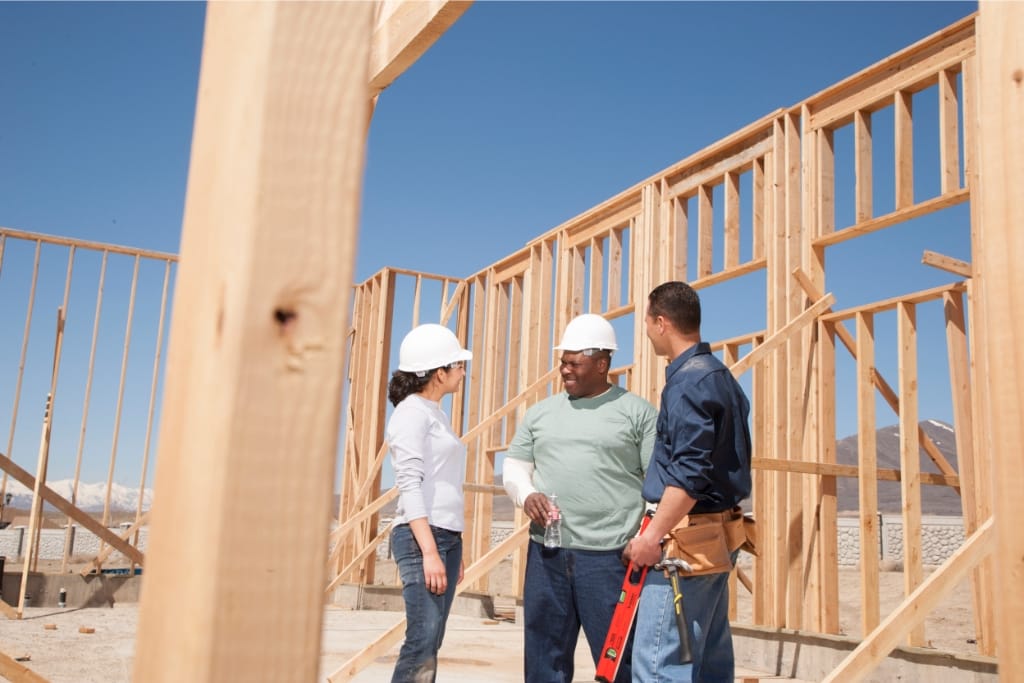Accessory Dwelling Units (ADUs) have skyrocketed in popularity as an efficient solution to increase property value while creating versatile living spaces.
Whether you're looking to build a guest house, home office, or rental unit, understanding the factors that impact the overall cost is essential.
By delving into the six key elements that affect construction expenses, you can make informed decisions and set realistic expectations for your ADU project.
1)) Size And Layout
One of the most significant factors that influence the cost of building an ADU is the size and layout of the unit.
Larger ADUs with more complex layouts will typically cost more to build than smaller, simpler units.
Before starting your project, carefully consider how much space you need and what layout will work best for your needs and budget.
2)) Permitting And Regulations
Another factor that can impact the cost of building an ADU is permitting and regulations.
Depending on where you live, there may be specific requirements and regulations that you must adhere to when constructing an ADU.
This can include zoning restrictions, building codes, and permit fees. Be sure to research these requirements in advance to avoid any surprises later on.
3)) Site Preparation
The condition of your site can also affect the cost of building an ADU. If your property requires extensive site preparation such as grading, excavation, or utility hookups, these costs can quickly add up.
Before beginning construction, it's essential to assess the condition of your site and budget accordingly for any necessary site work.
4)) Material Costs
The materials used in constructing your ADU will also impact the overall cost of the project.
High-end finishes and custom features will increase costs compared to more basic materials and standard fixtures.
When planning your project, consider which materials are essential for achieving your desired aesthetic while staying within your budget.
5)) Labor Costs
Labor costs are another significant factor influencing the cost of building an ADU.
Skilled labor is essential for ensuring quality construction but comes at a price.
The complexity of your project, local labor rates, and availability of contractors can all affect labor costs.
To minimize expenses, obtain multiple quotes from reputable contractors before selecting one for your project.
6)) Additional Features
Additional features such as landscaping, outdoor living spaces, or energy-efficient upgrades can also impact the cost of building an ADU.
While these features can enhance the functionality and appeal of your unit, they may come with added expenses that need to be considered in your overall budget.
Conclusion
Building an ADU is a significant investment that requires careful planning and consideration of various factors that can influence costs.
By understanding these six key factors – size and layout, permitting and regulations, site preparation, material costs, labor costs, and additional features – you can better prepare yourself for the financial aspects of constructing an ADU on your property.
Remember to research local regulations, obtain multiple quotes from contractors, and prioritize essential features within your budget to ensure a successful project that meets both your needs and financial goals.
Download Our Free E-book!







